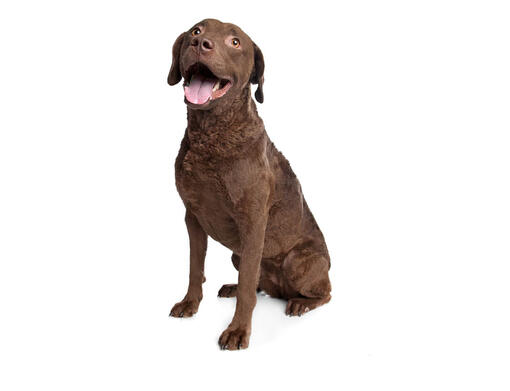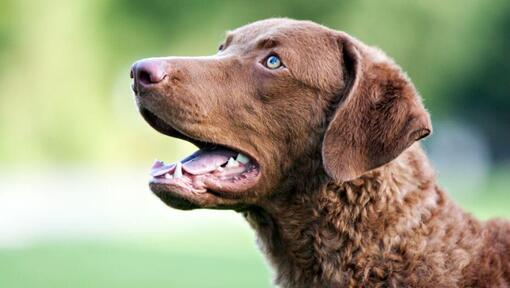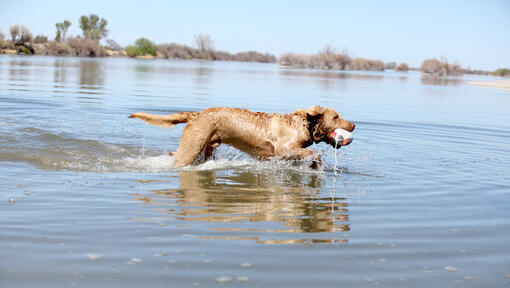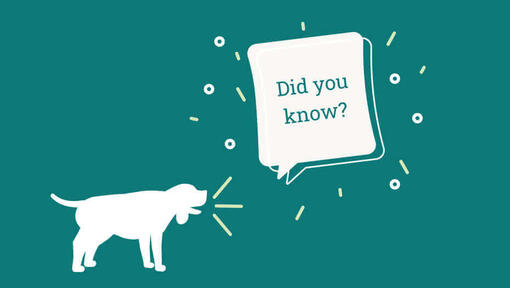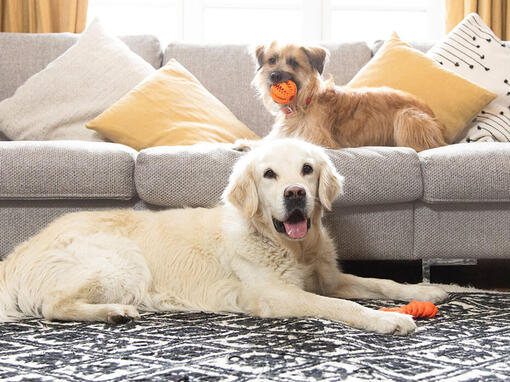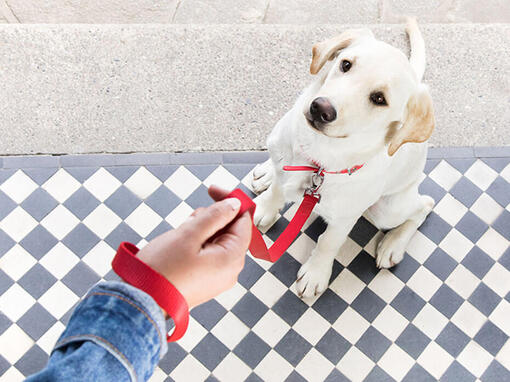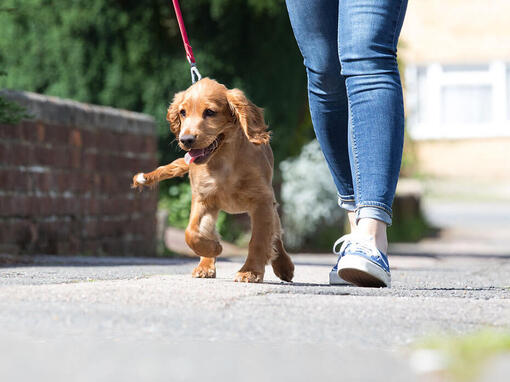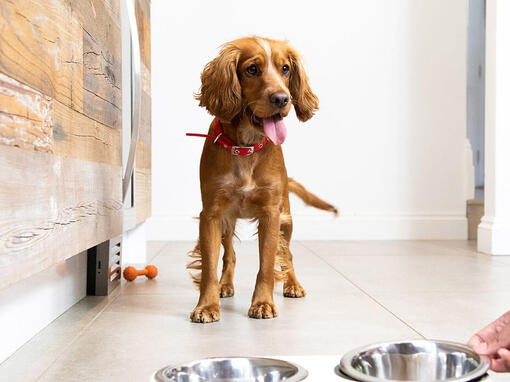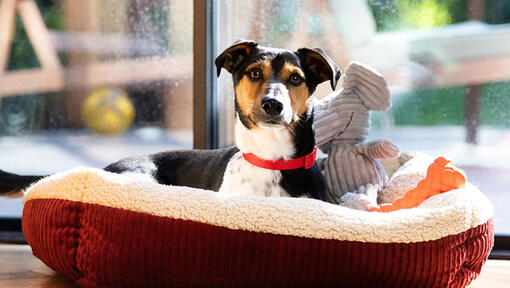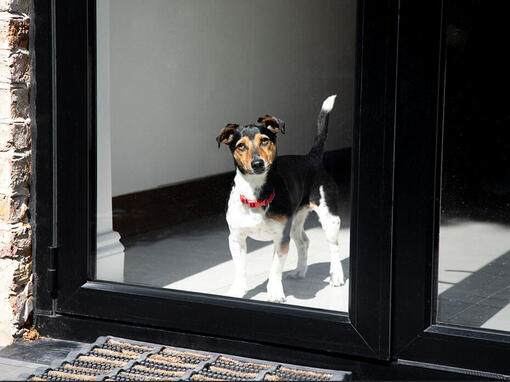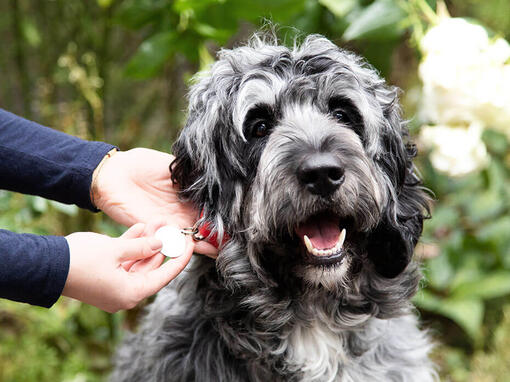History and Origins
Country of Origin: United States
The Chesapeake Bay Retriever is an American breed, named for the Chesapeake Bay which stretches from Havre de Grace, Maryland, to Virginia Beach, Virginia. It is the third largest estuary in the world, and this huge area of wetland meant water-fowl hunters needed a very robust, powerful and water-resistant dog to find and retrieve shot game.
The Chesapeake was developed from British dogs brought over by settlers, and Chesapeake’s ancestors can be traced back to two Newfoundland’s, rescued as puppies from a ship wrecked off the Maryland coast in the early 19th century. These puppies, a brown dog named Sailor and black bitch called Canton were later mated with the local retrieving dogs and their offspring inherited the retrieving ability from their retriever parents and the oily, water-resistant coat, powerful build and webbed feet of their Newfoundland parents, giving them the perfect build and ability to work the icy waters of the Bay.
